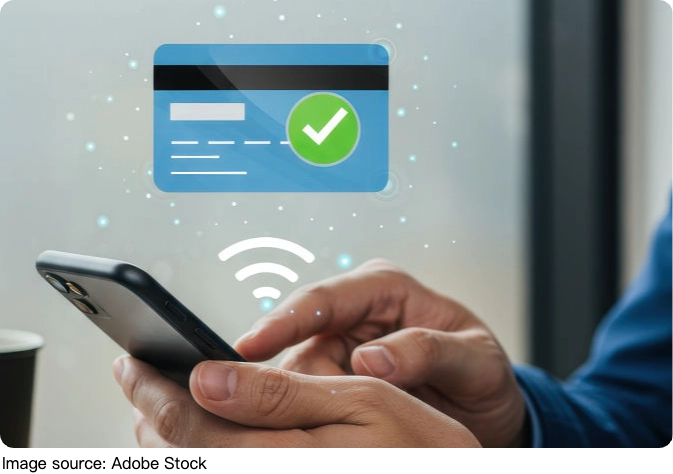Credit Card Hack? 7 Ways

In today's digital economy, credit card hacks have become increasingly sophisticated, posing significant risks to consumers.
Cybercriminals exploit vulnerabilities not only in technology but also in human behavior.
Protecting your financial information requires a proactive, informed approach that goes beyond basic precautions.
1. Fortify Your Digital Footprint with Multi-Factor Authentication (MFA)
Relying solely on passwords is no longer sufficient. Multi-factor authentication adds an essential layer of security by requiring additional verification such as a fingerprint, a one-time code sent to your phone, or biometric data before granting access to your accounts. MFA can block over 99.9% of automated attacks, making it a critical defense against unauthorized access.
2. Monitor Your Card Activity in Real Time
Waiting for monthly statements to detect fraud is outdated and risky. Modern financial management demands real-time monitoring of your credit card transactions. Many banks and financial apps offer instant alerts for every purchase or suspicious activity, enabling immediate response to unauthorized charges. Regularly reviewing your account activity can help you detect anomalies early, minimizing financial damage.
3. Use Virtual Credit Card Numbers for Online Purchases
Virtual credit card numbers are temporary, unique numbers linked to your actual credit card but expire after a single use or a short period. This technology prevents hackers from obtaining your real card number during online transactions. By generating a new virtual number for each purchase, you significantly reduce the risk of your primary card details being compromised.
4. Keep Your Software and Devices Updated
Cybercriminals often exploit outdated software vulnerabilities to gain access to sensitive data. Ensuring your operating system, browsers, and security applications are up to date closes these loopholes. Automatic updates are the best defense, as they provide the latest security patches without requiring manual intervention.
5. Beware of Phishing and Social Engineering Attacks
Hackers frequently use deceptive emails, texts, or phone calls to trick you into revealing your credit card information. These social engineering tactics can be highly convincing. Always verify the sender's identity independently before clicking on links or providing sensitive details. Remember, legitimate financial institutions will never request your full card number or PIN via unsolicited communication.
6. Limit Credit Card Information Stored on Devices and Websites
While convenience is tempting, storing credit card details on multiple platforms increases exposure risk. If a device or website is compromised, your information can be stolen all together. Opt to enter card details manually for each transaction and periodically clear saved payment data from browsers and apps.

7. Establish a Strong Credit Card Usage Routine
Develop disciplined habits such as using credit cards only on secure networks, avoiding public Wi-Fi for financial transactions, and setting spending limits when possible. Additionally, consider using credit cards with built-in fraud protection and zero-liability policies. These practices reduce your vulnerability and enhance your ability to respond swiftly if your card is compromised.
Credit card security is an evolving challenge that demands vigilance and smart strategies. As cybersecurity researcher Brian Krebs emphasizes in his investigations of major data breaches, staying ahead of cybercriminals requires constant awareness and proactive measures.
By integrating these seven methods into your financial routine, you create a robust shield against credit card hacks, protecting both your money and your peace of mind.


